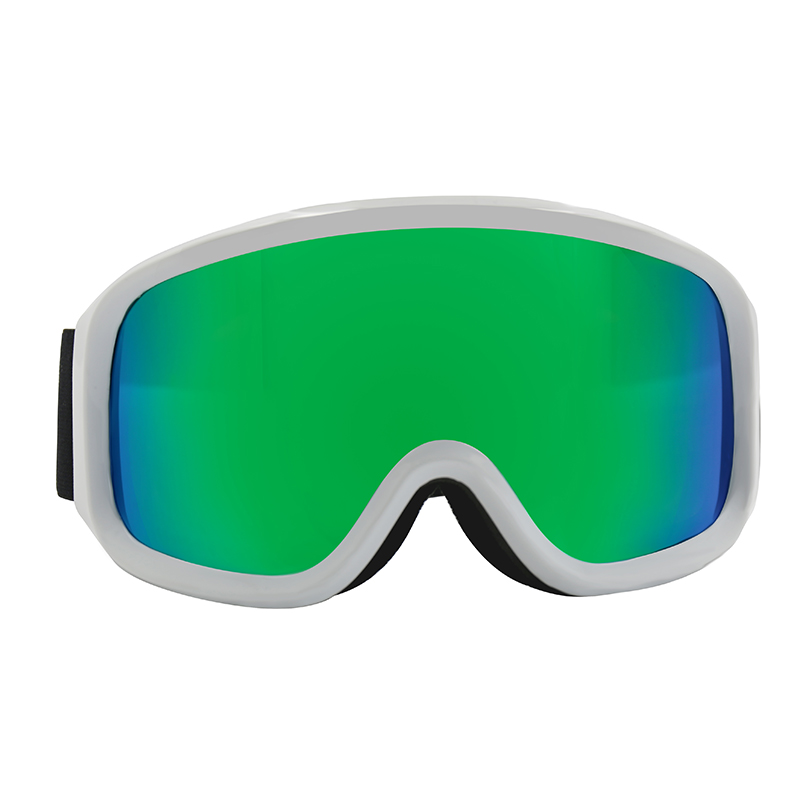The Ultimate Guide to Choosing the Best Ski Goggles
2024-07-11
Ski goggles are an essential piece of gear for any skier or snowboarder, providing protection from the elements and enhancing visibility on the slopes. With so many options available, choosing the right pair can be daunting. In this guide, we will explore the key features to consider when selecting ski goggles, ensuring you make an informed decision for your next snowy adventure.
Why Ski Goggles Are Essential
1. Protection: Ski goggles protect your eyes from harmful UV rays, wind, snow, and debris.
2. Visibility: They enhance visibility by reducing glare and improving contrast in various light conditions.
3. Comfort: Properly fitted goggles provide comfort and prevent eye fatigue during long days on the slopes.
4. Safety: Clear vision helps you navigate the slopes safely, avoiding obstacles and other skiers.

Key Features to Look For
1. Lens Type:
- Single vs. Double Lenses: Double lenses provide better insulation and are less prone to fogging compared to single lenses.
- Cylindrical vs. Spherical Lenses: Cylindrical lenses are flat and cost-effective, while spherical lenses curve both horizontally and vertically, offering better peripheral vision and less distortion.
2. Lens Tint and VLT (Visible Light Transmission):
- Sunny Conditions: Darker tints like black, gray, or mirrored lenses with low VLT (5-20%) are ideal for bright, sunny days.
- Overcast Conditions: Yellow, gold, or amber lenses with mid VLT (20-50%) enhance contrast and visibility in low light.
- Night Skiing: Clear or lightly tinted lenses with high VLT (50%+) are best for night skiing or extremely low light conditions.
3. UV Protection: Ensure the goggles offer 100% UV protection to shield your eyes from harmful UVA and UVB rays.
4. Anti-Fog Technology: Look for goggles with anti-fog coatings, double lenses, and ventilation systems to reduce fogging.
5. Fit and Comfort:
- Foam Padding: Multi-layer foam padding provides a comfortable, secure fit and helps wick away moisture.
- Helmet Compatibility: Ensure the goggles fit well with your ski helmet, creating a seamless interface.
- Adjustable Straps: Wide, adjustable straps with silicone grips keep the goggles in place.
6. Interchangeable Lenses: Some goggles come with interchangeable lenses, allowing you to switch lenses based on the light conditions.
7. Durability: Choose goggles with durable frames and scratch-resistant lenses for long-lasting use.
How to Choose the Right Fit
1. Face Shape: Consider the shape and size of your face. Smaller faces may require smaller goggles, while larger faces may need larger frames.
2. Try Them On: Always try on the goggles with your helmet to ensure a comfortable fit and good field of vision.
3. Check for Gaps: Make sure there are no gaps between the goggles and your face, as gaps can let in cold air and snow.
Maintenance Tips
1. Cleaning: Use a soft microfiber cloth to clean the lenses. Avoid using paper towels or your gloves, as they can scratch the lenses.
2. Storage: Store your goggles in a protective case to prevent scratches and damage.
3. Avoid Touching the Inner Lens: The inner lens often has an anti-fog coating that can be damaged if touched.
Conclusion
Choosing the right ski goggles is crucial for comfort, visibility, and safety on the slopes. By considering factors such as lens type, tint, fit, and additional features, you can find the perfect pair to suit your needs. With proper care and maintenance, your ski goggles will provide reliable performance for many seasons to come.


